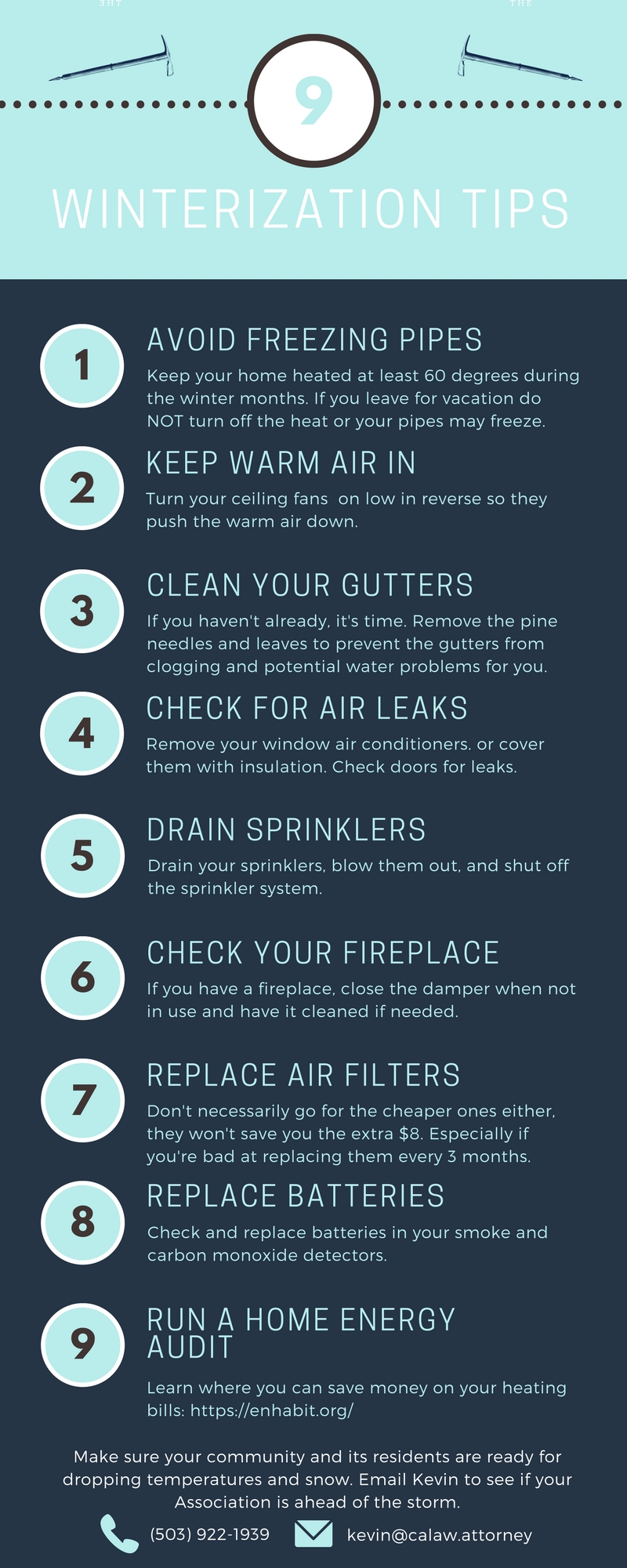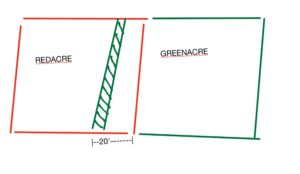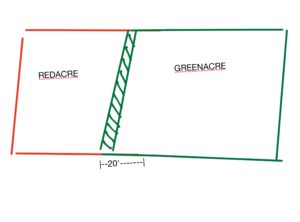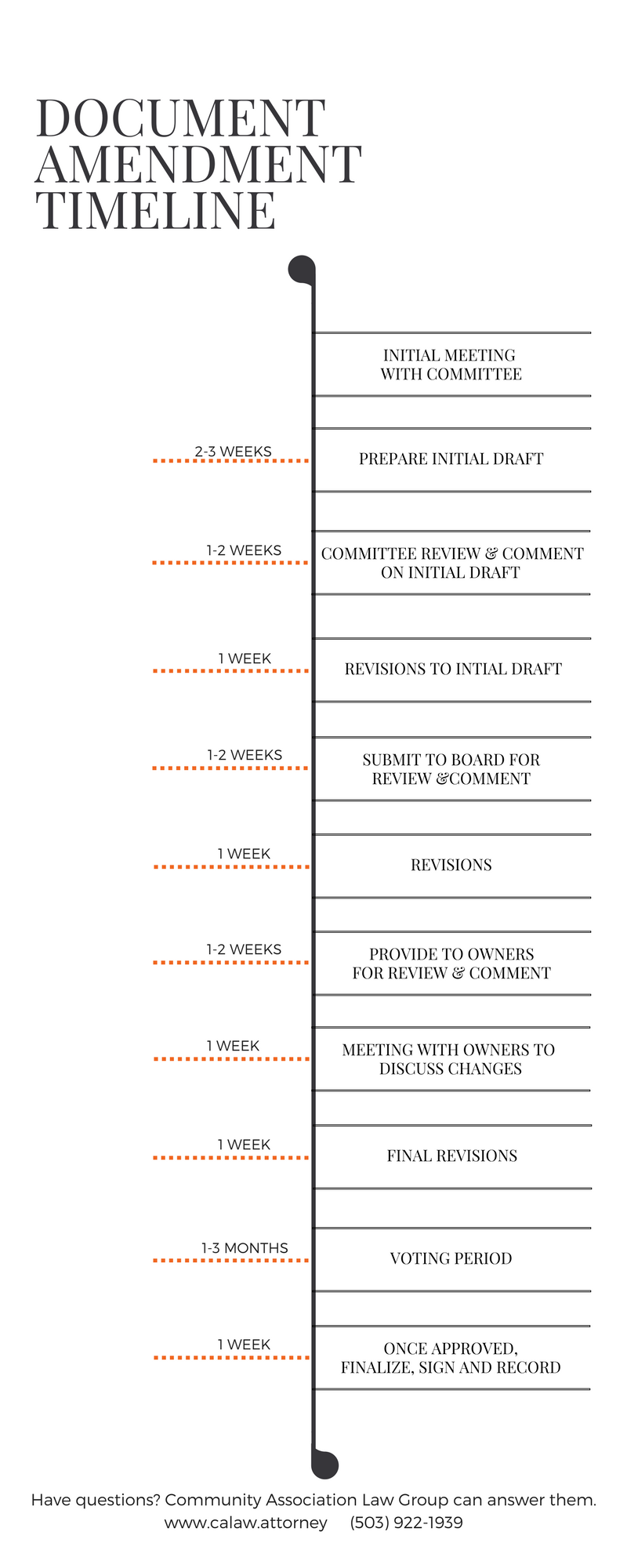The Portland metro area and central Oregon are covered in snow and ice. As a result, dangerous conditions may exist in common area parking lots, sidewalks, or roadways. What is the community association’s obligation to clear or remove natural accumulations of snow and ice?
Some states have adopted the “Massachusetts Rule”. This rule states that property owners have no obligation to remove snow or ice from common areas under an association’s control. However, if the association aggravates the natural conditions, there may be liability. For example, suppose an association shovels snow from a walkway, but fails to put sand or salt on the surface. The walkway is now covered in a sheet of ice and has created an even more dangerous condition. In that case, there may be liability.
There are dozens of cases in different jurisdictions dealing with a property owner or association’s obligation for snow and ice conditions. For instance, in a number of cases in which an individual slipped and fell on ice or snow while walking on or across a parking lot, the courts, reasoning in general that a defendant was not liable for slip-and-fall accidents on natural accumulations of snow but could be liable for unnatural accumulations or aggravations of natural conditions, held that it was or could be proven that there was liability because the defendant plowed, sanded, or otherwise cleared the snow in a poor manner, or left icy or slushy ruts or tracks in which the plaintiff slipped.
Many court decisions have found that It is unfair to make a landowner or community association absolutely liable for every slip-and-fall accident on snow in a lot, especially as this would require the owner or association to spend the entire winter clearing the lot on pain of losing a liability suit. Moreover, it is equally unfair to require the lot owner or association to shoulder the expense of plowing and replowing the lot during the course of a continuous storm. In this vein, many jurisdictions have ruled that there is no liability for an accident that takes place while a storm is still going on or a reasonable time thereafter, to give the owner a chance to clear out the lot.
Here are the general rules of thumb for community associations:
1. If the Declaration or Bylaws requires the association to plow, shovel, or clear common areas, the association must do so. Many community associations, particularly in central Oregon, are obligated under the governing documents to provide snow removal. Use a licensed, insured, and bonded contractor to perform those services.
2. In the case where the association has no obligation for snow removal, there is a potential to create liability if the association engages in those activities.
3. If the association has common areas which are generally open to the public, there is typically an obligation to keep those areas clear of snow and ice, regardless of any requirements in the governing documents.
4. If the association has no obligation for snow removal, but decides to provide that service, it should hire a licensed, insured, and bonded contractor. The removal of snow or ice must result in a safer condition than leaving the natural accumulation on the common areas.
Disclaimer: By reading the information above, you do not become a client of the firm. The information provided above is based on general legal principles, and may not be applicable to you. If you have a legal issue or question, you should speak with an attorney.









